Notes
Trump’s Napalm Girl: Consequences of a Drowned Migrant Father and Daughter
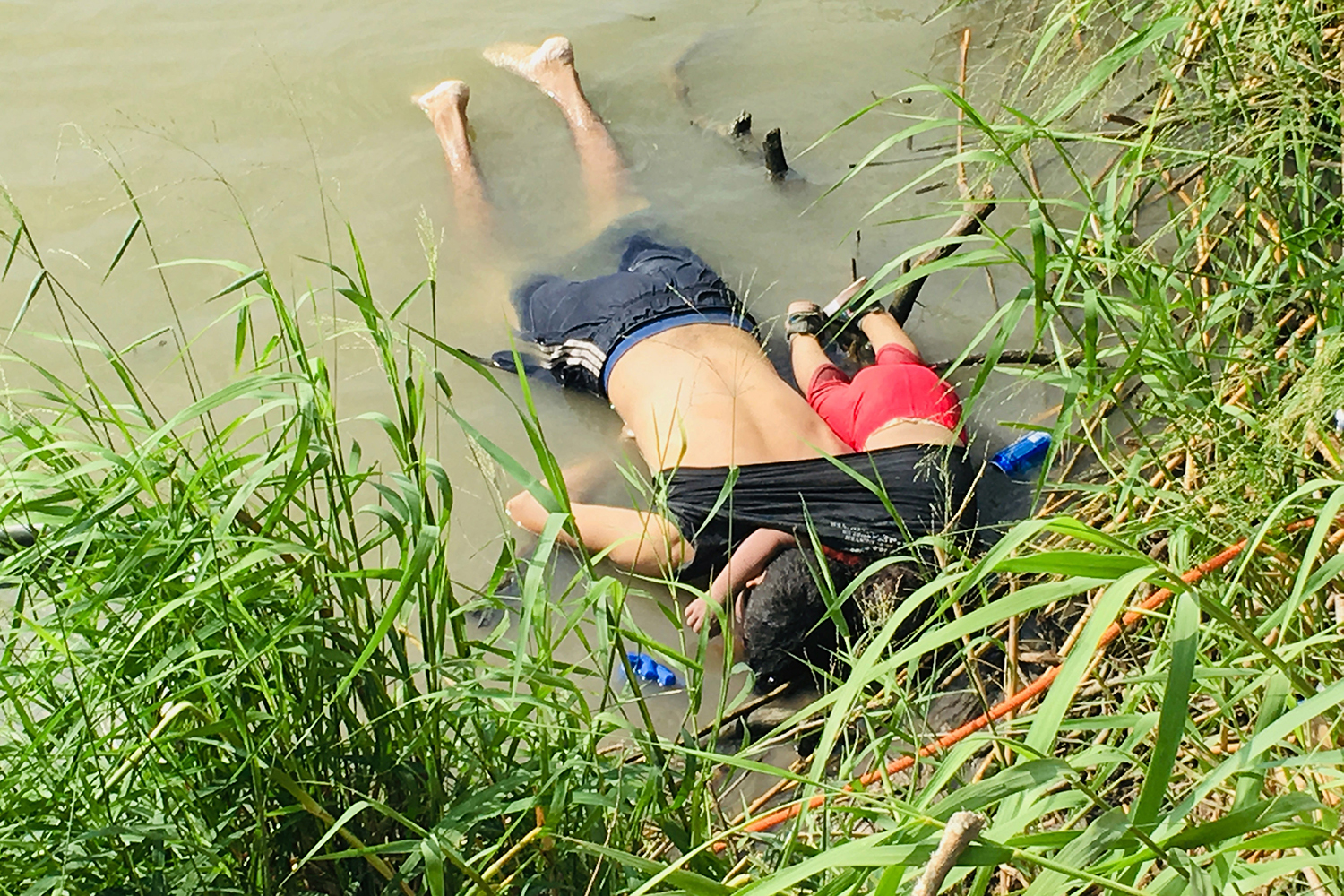
Let me say up front, the title to this post is not meant as hyperbole.
We cannot know in this moment, but I suspect that this photo of Óscar Alberto Martínez Ramírez and his daughter, Valeria, will stand the test of time. Given the firestorm over immigrant detention and the moral freefall of this administration, I believe Americans will look back at this photo as a tipping point of the Trump presidency. I see the photo as a marker and container for the abrogation of the country’s values in this faux immigration crisis, much like the 1972 Napalm Girl photo memorialized US disillusionment and exhaustion over Vietnam, and hastened America’s final exit from the war.
Besides historical documents, news photographs also mark and define the moment.
Looking back a week, one can see how we built to this catastrophe, and how those developments lent intense fuel to this unspeakable scene. Roiled as the country has been over the politicizing and exploitation of the immigration issue since Trump took office, the lead up to this abominable testament from the Rio Grande in a matter of days involved the disclosure of planned mass roundups, then the shocking disclosure of abject neglect in the Clint migrant detention centers, followed by a semantic debate over the extent to which Trump’s ICE boxes qualify and compare to World War II internment and concentration camps.
The Photograph(s)
If you haven’t read the story (including the political morass that hastened it), Oscar Alberto Martínez Ramírez had successfully brought his daughter, Valeria, across a stretch of the Rio Grande, then headed back to bring across his wife. Tragically, the almost 2-year-old child panicked and jumped back into the water. Fashioning his shirt into a sling, the father collected the daughter but the rapids proved too much for the pair.
A series of photos were taken by Julia Le Duc for the Mexican publication, La Jornada, then distributed by the AP. There were two main versions of the horrible scene. The one above, which emphasizes Valeria’s tiny arm and hand around her father’s neck, was taken from the left. The other, from the right, shows them from a more morbid, watery top view.
It’s not like Oscar and Valeria were the first migrants on Trump’s watch to die in the Rio Grande, by the way. But this is certainly the first photo since the Syrian migrant, Aylan Kurdi washed up on a Turkish beach in 2015, that the world has born social and visual witness to such a horror.
As images alone, the photos are devastating. They are unquestionably ghastly, more so for the stillness and brilliant light. Compounding the tragedy and the cruelty of the Trump administration’s family separation policy is the fact that the father and daughter died bound together for eternity.
There are other images that sear almost as much. That includes a wrenchingly ironic version of the second shot. A wider version offers a sickening indictment of America as a land of hope and possibility: it shows the father and daughter next to an empty rowboat.
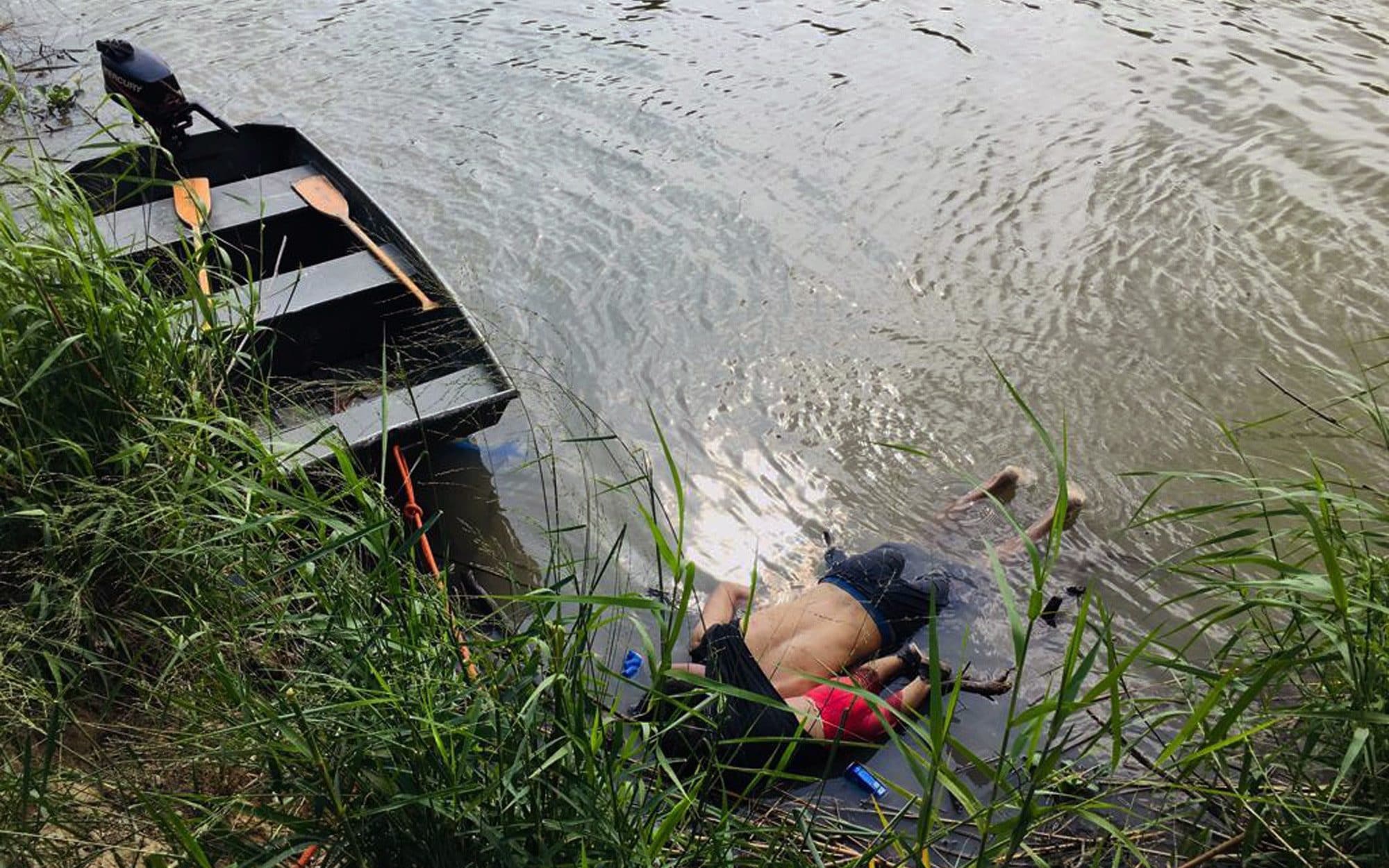
And then there is a photo of Tania Vanessa Ávalos, the traumatized wife and mother, standing on the bank as she witnesses the two bodies wash ashore almost ten hours after she also watched her loved ones go under.
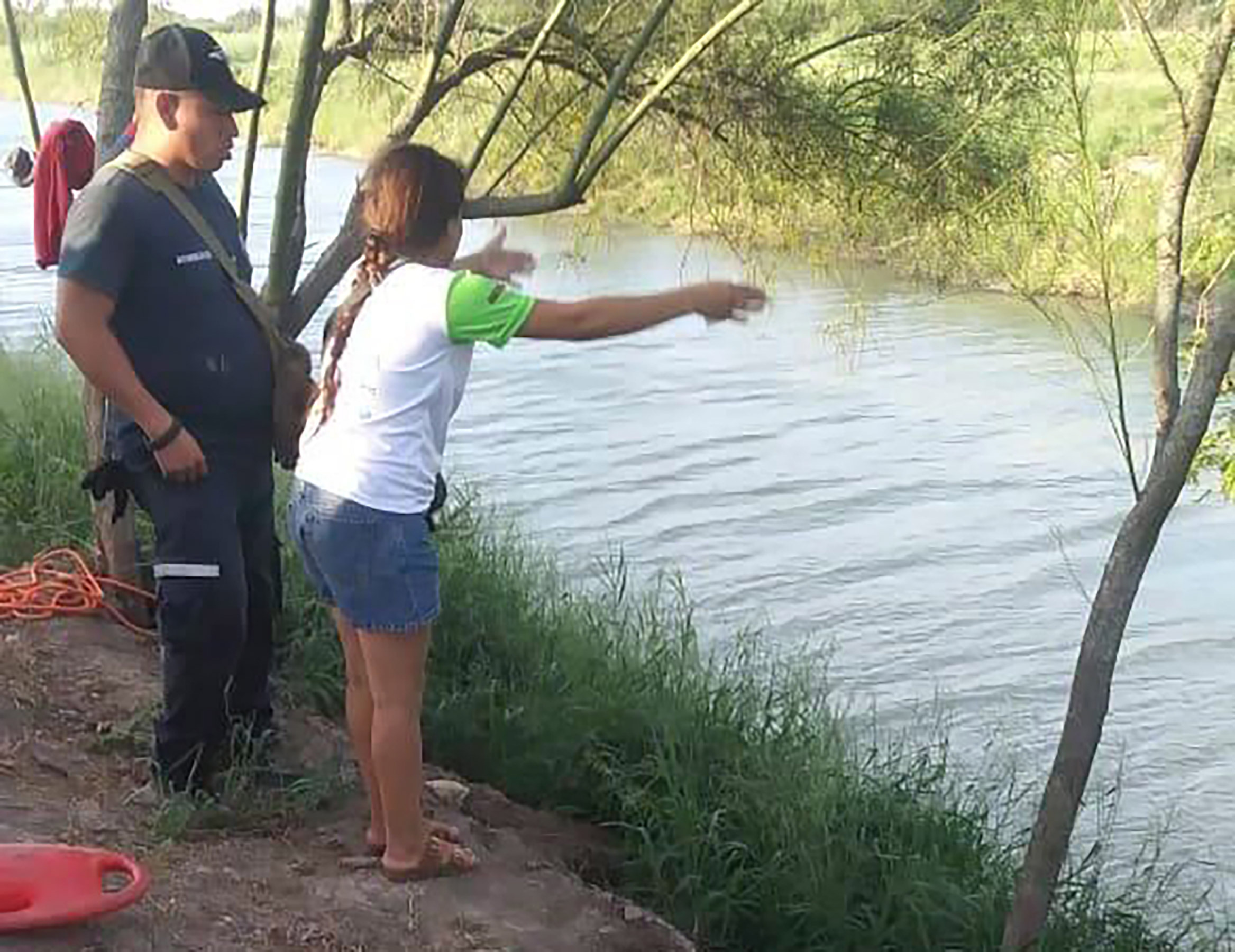
Aside from the horror, what are we to make of these photos? Given the timing and circumstances, these photos demand we consider their political impact, their political function, and their circulation in the media.
The Photographs, From What We Know of Trump
I believe these photos have extra impact knowing what we do about Donald Trump. We know that his denial, his abuse of reality, and his limited attention span means that facts and concepts do not register with him. The same cannot be said about images.
Pictures and vivid soundbites seem to be the main way he has been fed and digests information. Also, he constantly speaks about visual appearance and the corresponding media impact. We also know he was affected by similar photos after a chemical attack in Syria. As WaPo reported:
Senior administration officials and members of Congress who spoke with Trump said the president was especially struck by two images: young, listless children being splashed with water in a frantic attempt to cleanse them of the nerve agent; and an anguished father holding his twin babies, swathed in soft white fabric, poisoned to death.
As the carnage unfolded on cable news, which the president watches throughout the day and deep into the night, Trump turned to his senior staff, talking about how “horrible” and “awful” the footage out of Syria was, said one top adviser.
Just as quickly, he can also flip the switch. Heartlessly, Trump has already responded to the photo as a talking point, weaponizing it as he and the administration have done with so many of the caravan images. Asked about it in one more brief media exchange on the White House lawn, Trump blamed the Democrats for allowing such a thing to happen, and then framed the incident nonchalantly as one more warning to Central American refugees who would deem to put themselves and their children at risk.
Still, knowing that Trump’s political backers lack his breadth of denial, as graphic and damning as this image is, the photo becomes even more charged.
The Publishing Imperative
I’m disappointed there is still such generalized concern about the publication of graphic images in this day and age. There are some obvious reasons for discretion, including the protection of children, but I think we are way past “the breakfast table test.” With our culture immersed in mayhem, including “regular” mass shootings, racial and sexual violence, and the adoration of the military, I don’t understand why the censorship of violence in our culture should be considered less native than the violence itself.
The media consuming public has grown progressively more able to process this type of content certainly since these injunctions were circulated in the “print only” days. And that’s not just because of graphic images and gratuitous violence by way of Hollywood on demand, YouTube, or social media. It’s because we continue to grow more sophisticated and knowing as a visual culture, despite what the media or the government ritually holds back.
Because there is still so much confusion around this, however—especially from this contradictory, show less/show more Poynter article in response to the photograph–here are our criteria for when a graphic image should be published:
1. When a political situation has become so fraught or evident that a graphic depiction of that situation becomes only logical to give a crisis a face or a name, or to make it more real and visible.
2. When the value of visual evidence becomes that necessary to tip the political scale toward greater consciousness, a call to action, or to catalyze the public will.
3. When it happens organically. I’m referring to those cases in which an image, whether a media image or not, goes viral largely on its own weight and power. At that point, its news value has as much to do with its galvanizing of attention as it does with the content itself.
Under any of those conditions, I believe a photograph must be published, and deserves to be seen and experienced in its full impact. That’s why we skipped the graphic warning.
Whatever you think of their political coverage, the New York Times has served as an editorial model for this determination in the past few years. In October 2018, in the wake and momentum of the Khashoggi murder, the Times boldly published photos of a starving Yemeni girl, Amal Hussain.
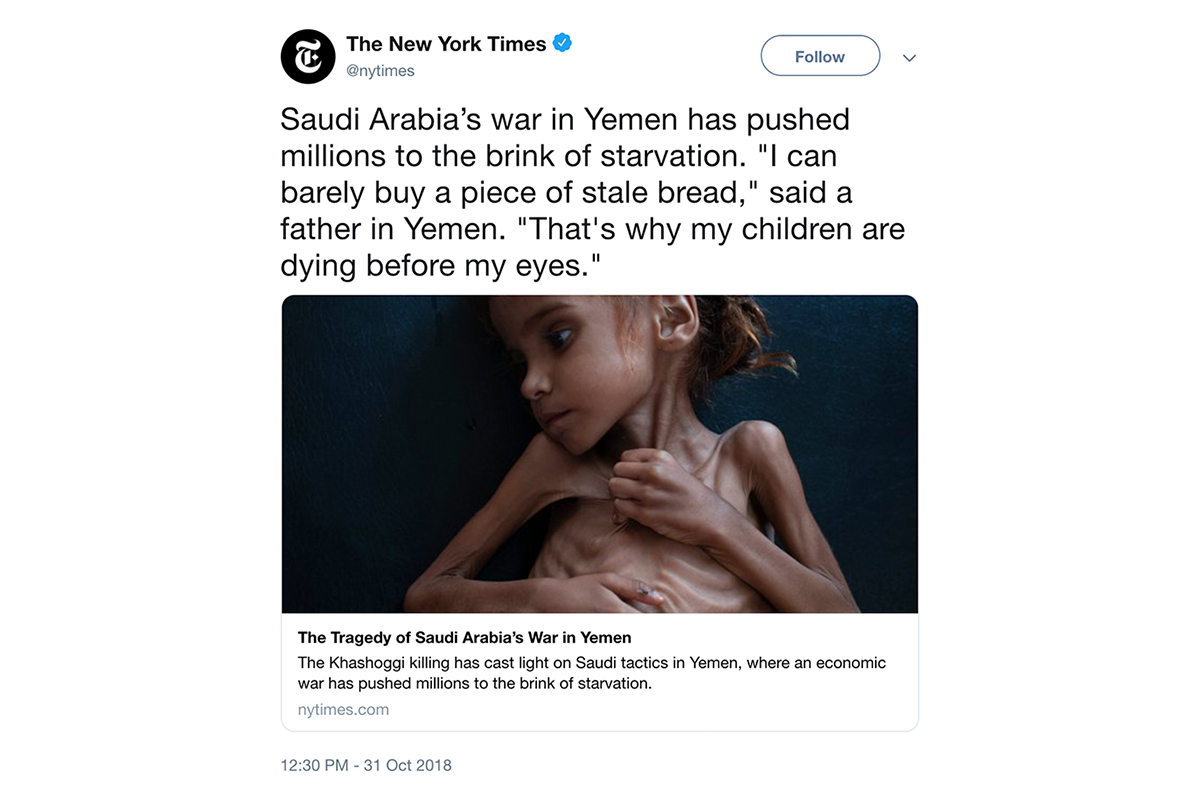
Used in numerous stories and editorials, her image helped usher widespread attention, and some Congressional movement, against Saudi Arabia’s heinous bombing in Yemen and America’s collusion in it.
Although the photo had much less visibility, last May the Times published a similar image from Venezuela.
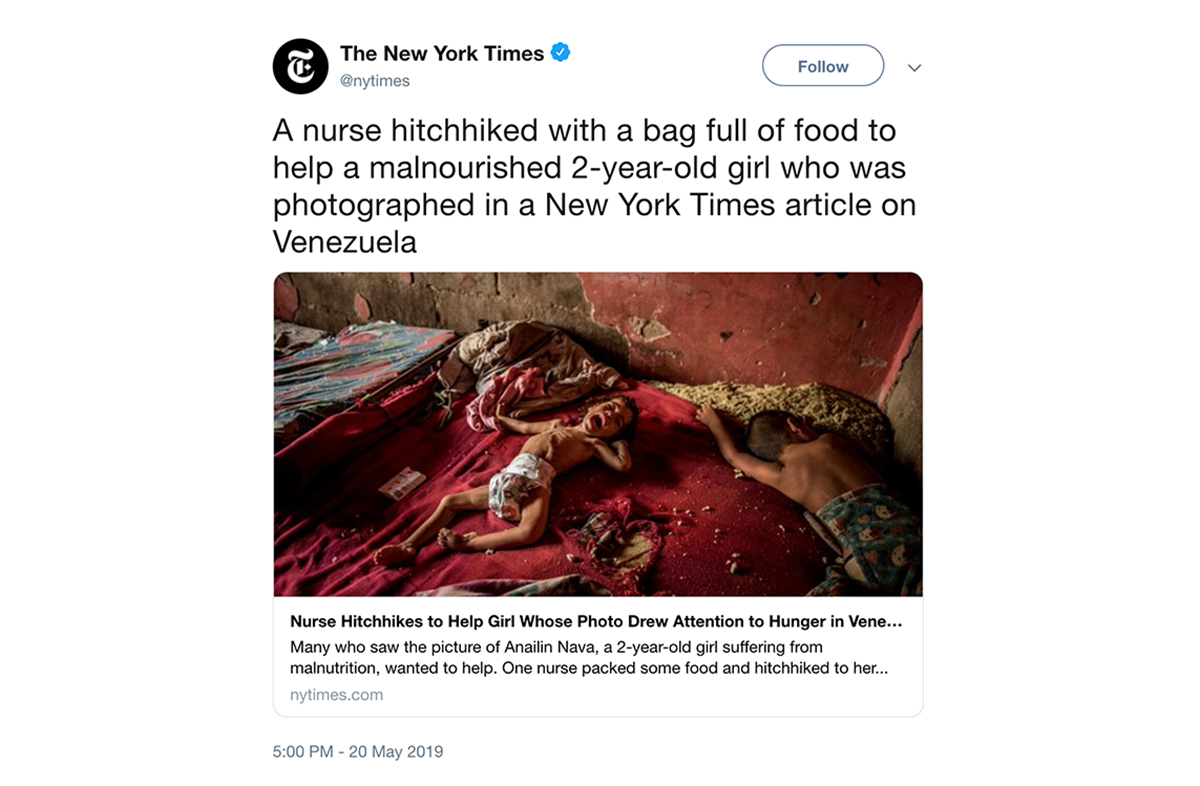
In this case, the timing was key. After attempts by the U.S. government to destabilize Maduro’s hold on power, and with the country enduring a slow descent into hell, the horrific photo by the accomplished photojournalist, Meredith Kohut, also served as a clarion call. More practically, it marked the worse economic collapse of a country outside of war in decades.
And of course, the Times did not hesitate when it came to featuring Oscar and Valeria, as another key call to conscience, on Wednesday’s front page.
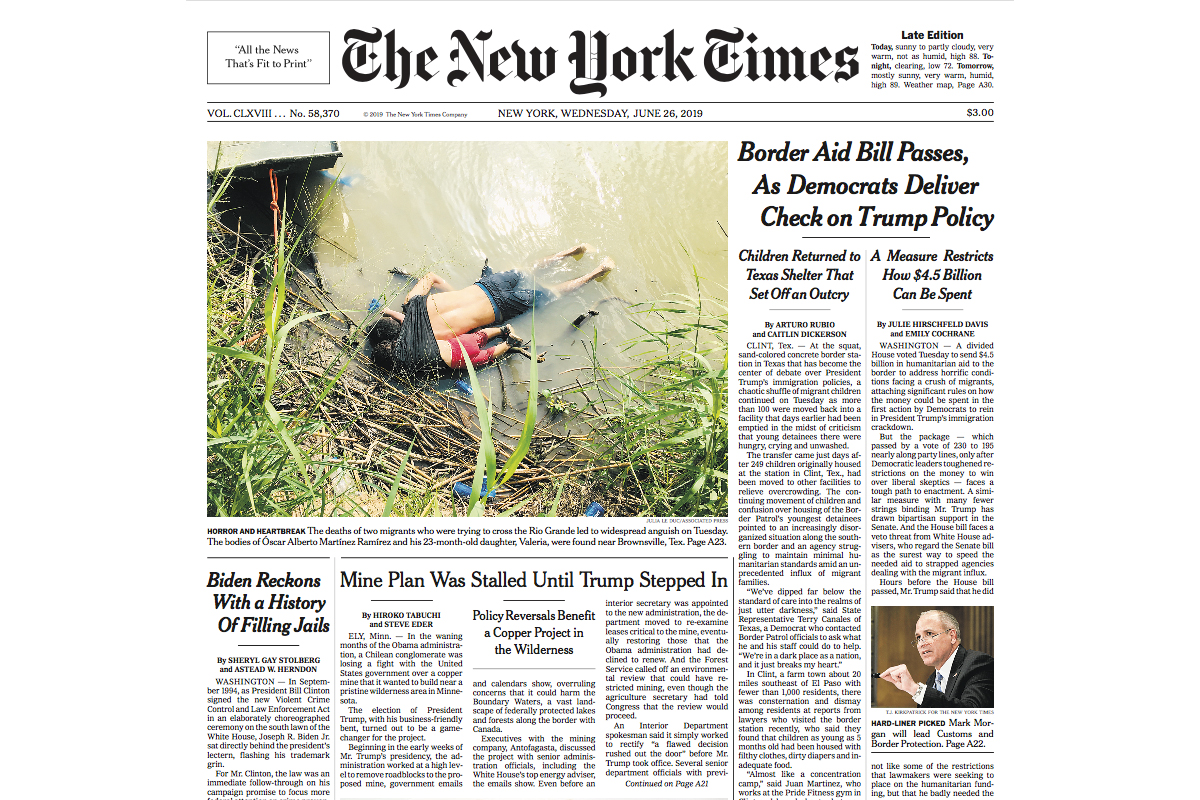
There are times when visual discretion is natural. When an image feels gratuitous. When a written description would suffice. When the larger impact cannot match the shock value. When we, for all intents and purposes, have seen it before. And then, there are photos and scenes like the ones from Matamoros. The kind that, at a moment such as this, do not anesthetize or desensitize us, but necessarily sicken us and jolt us awake.
— Michael Shaw
(Photo 1, 2, 3: Julia Le Duc/AP Photo Caption: The bodies of Salvadoran migrant Oscar Alberto Martínez Ramírez and his nearly 2-year-old daughter Valeria lie on the bank of the Rio Grande in Matamoros, Mexico, Monday, June 24, 2019, after they drowned trying to cross the river to Brownsville, Texas. Martinez’ wife, Tania told Mexican authorities she watched her husband and child disappear in the strong current. This photograph was first published in the Mexican newspaper La Jornada. Caption 3: Tania Vanessa Ávalos of El Salvador speaks with Mexican authorities after her husband and nearly two-year-old daughter were swept away by the current while trying to cross the Rio Grande to Brownsville, Texas, in Matamoros, Mexico. Their bodies, the toddler still tucked into her father’s shirt with her arm loosely draped around him, were discovered Monday morning several hundred yards (meters) from where they had tried to cross US Border Migrant Deaths, Matamoros, Mexico – 23 Jun 2019.)
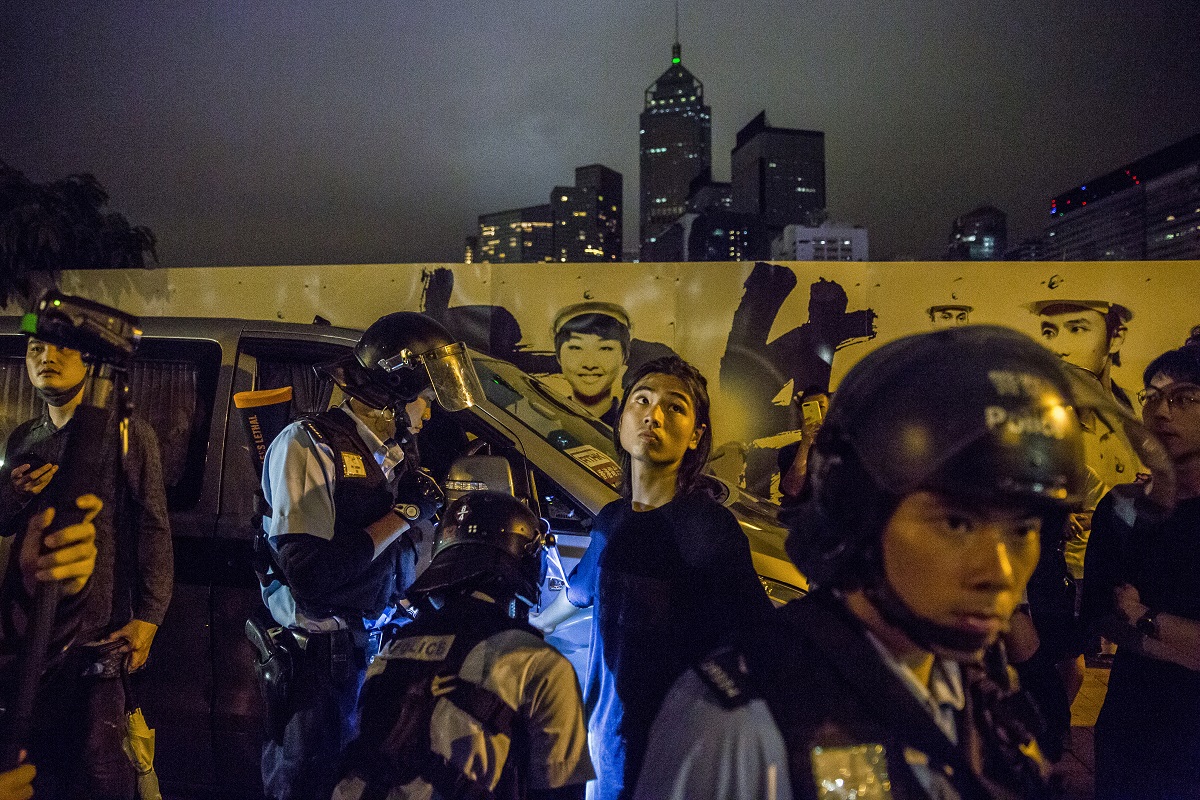
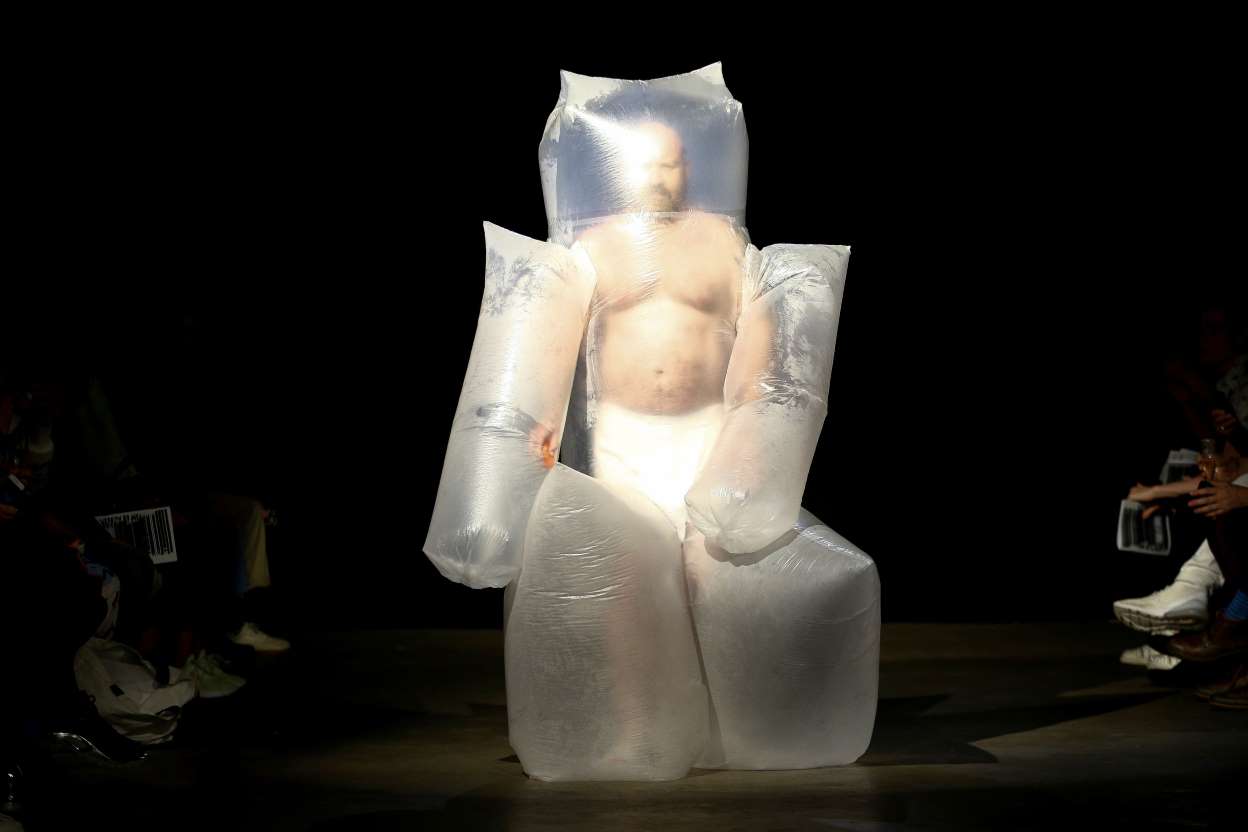
Reactions
Comments Powered by Disqus